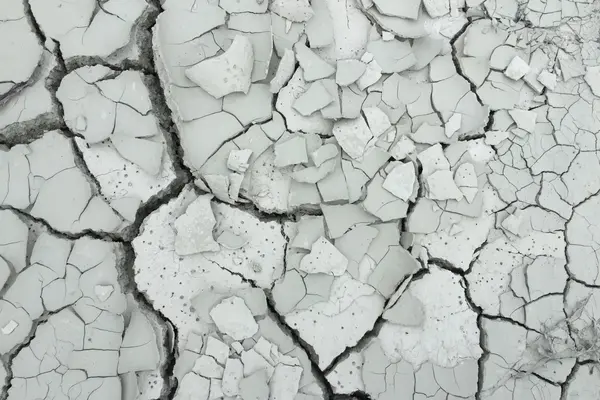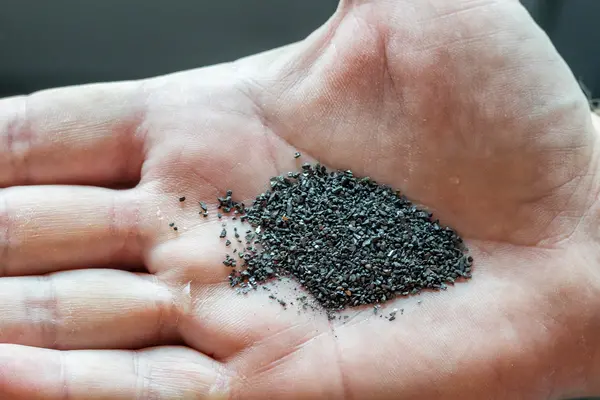Enzymatic accelerated rock weathering
Biosolutions have the potential to speed up the enhanced weathering process to remove carbon. They may even reduce the cost.
See why enzymatic accelerated rock weathering is so promising.
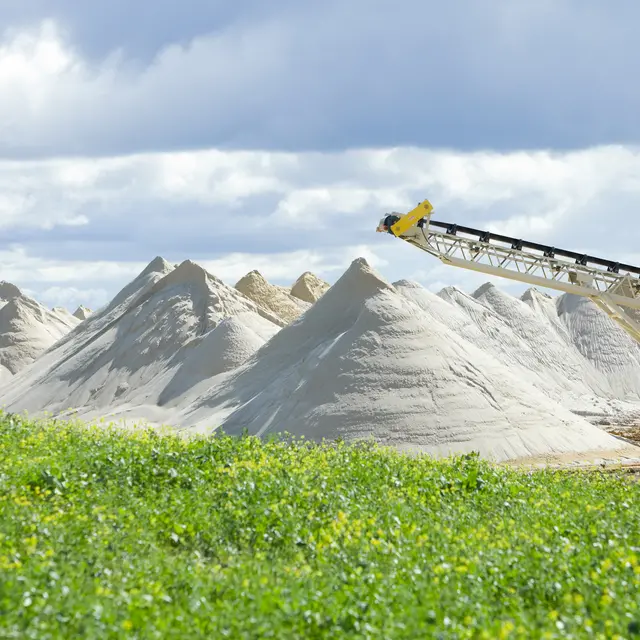
The need for speed
Reaching net-zero in time can happen if the world gets moving.
Of course we need to reduce greenhouse gas emissions from industry and daily life. But we also need to remove carbon dioxide from the atmosphere. Direct air capture (DAC) can roll back time and reset the climate.
Today’s engineered processes for DAC cost a lot. And there’s little chance they’ll get cheaper. Natural DAC with enhanced weathering is different. It can deliver the speed and cost the world needs.
It’s time to combine efforts to scale enhanced weathering.
Great minds agree
Unlike engineered direct air capture, enhanced weathering does not require huge steel installations or use traditional chemistry.
Enhanced weathering is not just a simpler, cheaper way to capture atmospheric CO2. It’s also the only technology that holds promise to be scalable in time.
These are just a few of the heavy hitters supporting the technology:
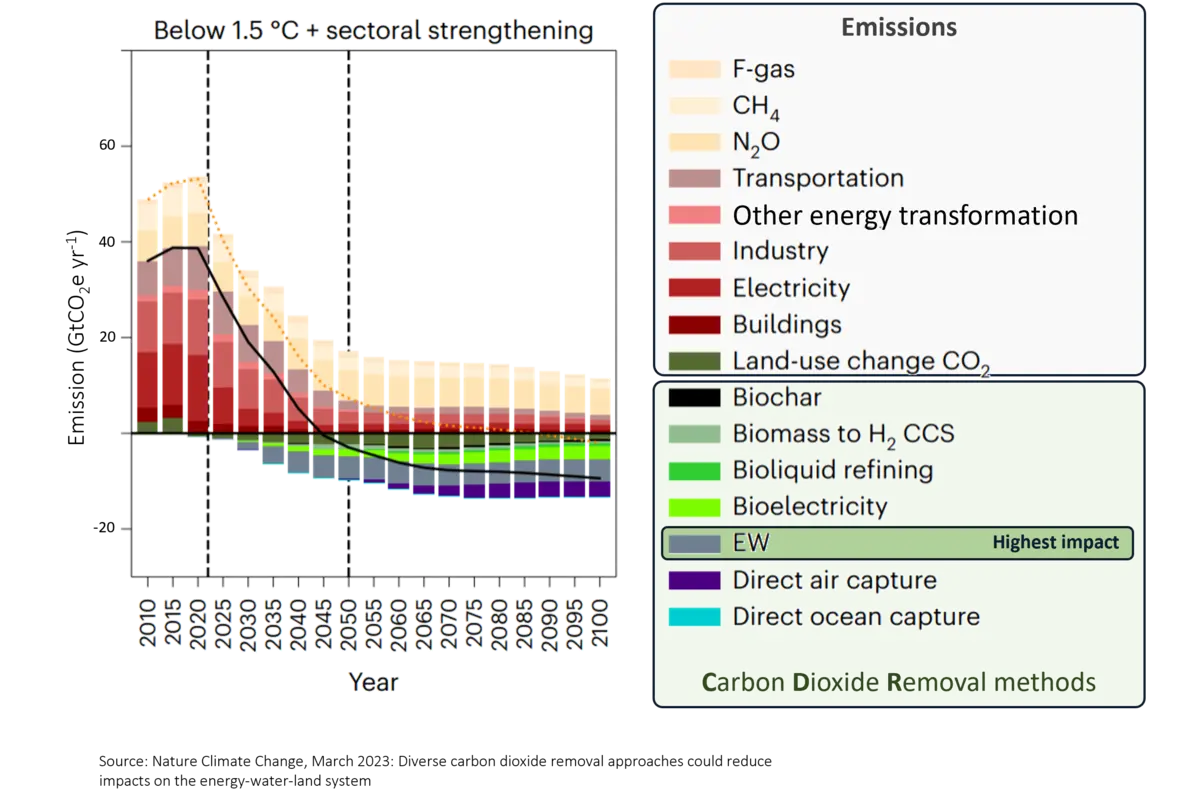
We aim to dissolve rock in years, not decades
Nature dissolves rocks over hundreds of thousands of years. Enhanced weathering can take decades.
We use biological enzymes to speed up the natural chemical reaction between CO2 and rock. Enzymes are catalysts. By adding them to the crushed rocks, we think we can further accelerate the enhanced weathering process.
Our carbonic anhydrase is just the enzyme for the job. One of nature’s fastest-working enzymes, it reacts 1 million times per second.
We aim for enzymatic accelerated rock weathering to disrupt direct air capture. And be able to remove gigatons of CO2 within a decade.
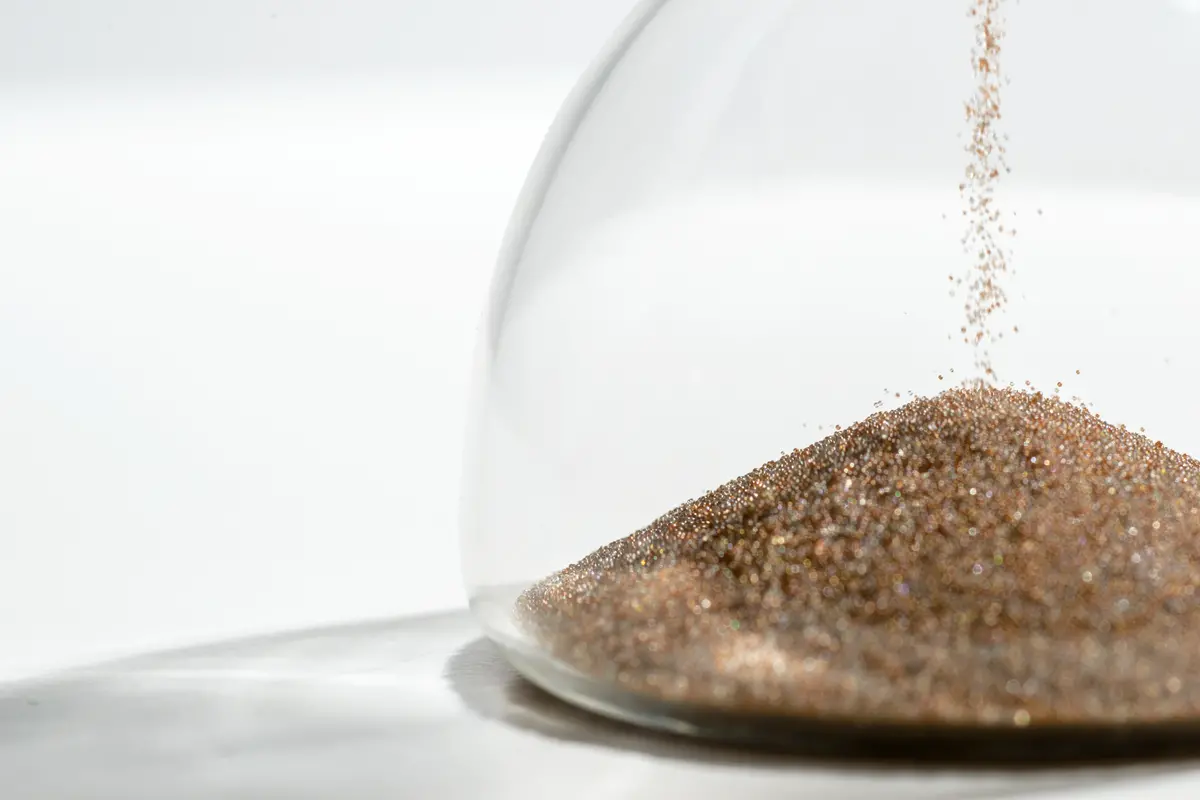
A million years of proof
Ever since there’s been an Earth, CO2 and water, nature has used the same process to degrade rock. We’re not changing it – just accelerating it.
We have proof of the enzymatic accelerated rock weathering concept at lab scale. The process is also widely recognized in the scientific world.
Let us know if you’d like to see how various scientific publications describe the effect of the enzyme carbonic anhydrase.
Any rock, anywhere
Our enzyme technology has the potential to speed up the reaction between CO2 and a variety of rocks, minerals and even concrete. It just needs water + CO2 + the rock/mineral.
Basalt rock (mafic – a preferred mineral for enhanced weathering), Greenlandic “glacier rock flour,” wollastonite, dolomite, limestone, serpentine and glauconite are all expected to work with enzymatic accelerated rock weathering.
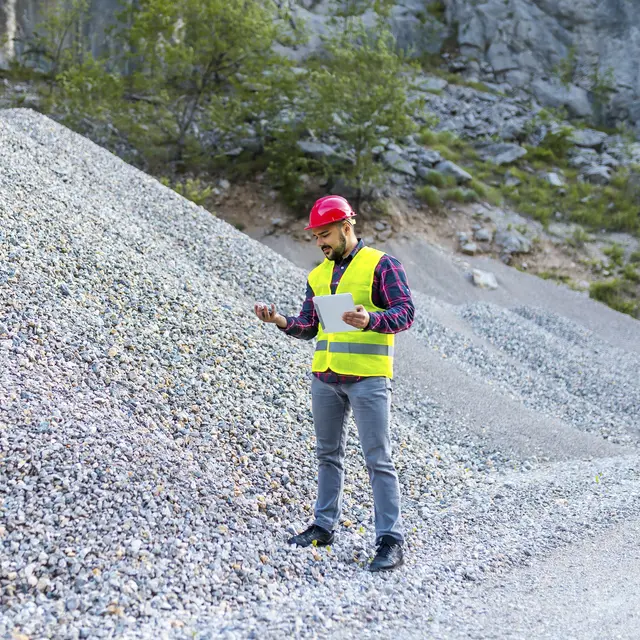
Better crops and
waterways too
Just as enhanced weathering has more benefits than “only” carbon removal, so does enzymatic accelerated rock weathering.
For example, it too has the potential to:
- Boost crop yield by more than 10%, since it adds nutrients to the soil.
- Lower the amount of nitrogen that gets into rivers and oceans. This helps decrease the problem of low oxygen levels in the water (hypoxia).
- Reduce the need for liming, making farming easier.
- Lessen the effects of drought.

Putting it to the test
Rock Flour Company and FabricNano are two of the companies exploring our enzymes for lab and field trials. Learn more about the work they’re doing on their websites or by contacting us.
Interested in potentially running a trial? Or just want to learn more about enzymatic accelerated rock weathering? We can’t wait to hear from you.
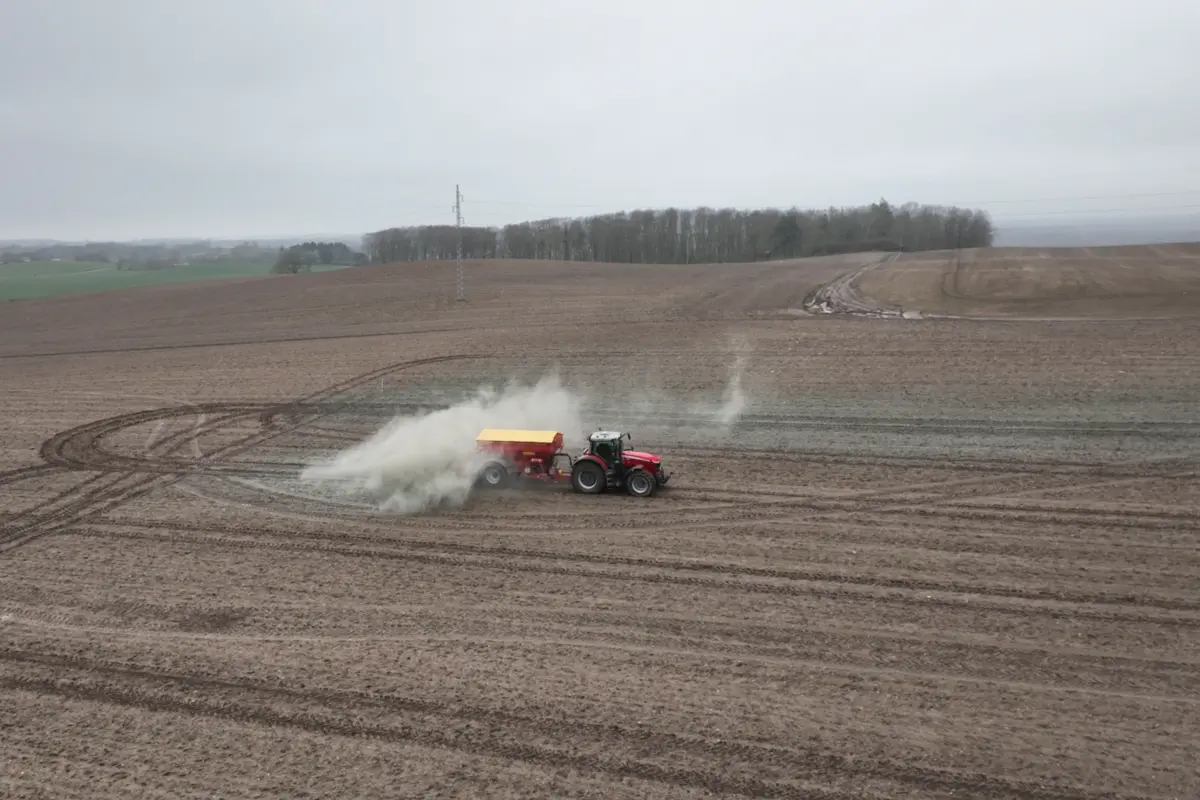
Reach out if you’d like to hear more about enzymatic accelerated rock weathering
Biosolutions can also help
us capture carbon
Is Post-combustion carbon capture what you’re looking for?

